DIEBACK
The forthcoming book from Carleton Schade
Dieback: The Science and Soul of the Great 21st Century Famine.
I am presently completing a manuscript for a book entitled, Dieback: The Science and Soul of the Great 21st Century Famine, in which I suggest that Civilization will soon be entering a new phase in its material evolution, one in which famine deaths will rise precipitously around the globe, and the challenges posed by nature and societies will together be their cause.
For the first time since the Green Revolution, large-scale famines will occur in a time of food scarcity, and human numbers will tumble. According to most demographic and economic projections, population and consumption will increase significantly in the coming decades, as will the ongoing destruction to the biosphere. We will be asking more from our farmlands while we sabotage their ability to deliver.
Climate change, the unraveling of ecosystems, and armed conflict will likely be the triggers for more frequent and more fatal famine events. Politics and power (and the misfortunes of geography) will decide who specifically lives and dies.

I offer six unequivocal propositions:
( 1 )
There will not be enough food for all the humans projected to be alive by century’s end. This will lead to a massive human dieback (whereby hundreds of millions, perhaps billions will starve), beginning within the lifetimes of most people alive today. This will lead to the collapse of many already unstable countries.
( 2 )
Although there are numerous powerful actions that we—as a species and as nations and individuals—can take to prevent the dieback and to live sustainably, we have thus far remained powerless to enact them.
( 3 )
This is because the beliefs, values, and traditions that inform our cultures are—at their roots— the very causes of our problems. The environmental and economic crises are crises of consciousness, of our outdated values and beliefs.
( 4 )
The obstacles to changing our consciousness include the power of paradigms, of mistaking knowledge for wisdom, and those institutions and individuals that remain vested in the status quo.
( 5 )
Culture must shift from our human-centered thinking towards a more integral awareness, one whose values, beliefs, and myths promote equity and sustainability. A number of change agents can help us make the necessary paradigm shift, including education, art, meditation, and the judicious use of psychedelics.
( 6 )
If we don’t change voluntarily, Nature has its ways of ensuring our compliance with its laws. To that end, one powerful self-correcting mechanism is dieback.

INSPIRATION
I first came to this story in 1994, when Dee (my wife) and I traveled for a year through Asia and witnessed firsthand the numbers, the poverty, and the suffering due to malnutrition and hunger. In 2005, I was researching for a talk I was giving at a salon in NYC. I had already given a few talks. I would lay out the challenges facing humanity – climate change, the population explosion, consumption explosion, destruction of natural resources and of the biosphere, the sixth mass extinction, food security, these and other significant large-scale global problems. I would always pivot in the second half of my talks to the positive possibilities – which principally revolved around innovations in various technologies and in socio-economic arrangements. However, this time, as I was digging deeper into my research, I had a total change of mind. I realized that I had underestimated one major factor - the mind-boggling spans of the Earth’s surface we have been destroying through farming. In 2010, I co-authored a paper to tackle this subject in the peer reviewed journal Environment, Development and Sustainability entitled, Population Crash: Prospects for Famine in the 21st Century. It was well received and several people suggested that I write more on this topic. This book is a result of that work.

FURTHER CONTEXT
FOR DIEBACK
The failed predictions of widespread famine famously made by Thomas Malthus for the 19th century and Paul Ehrlich for the 20th century have cast a long shadow over, if not completely discredited, similar perspectives. This is both understandable and unfortunate. Understandable because repeated failure usually suggests a mistake in theorem and because depictions of apocalypse have become so commonplace—indeed, entertainment for a world-weary chic—that a little optimism seems refreshingly sincere. It is unfortunate because we are dismissing a horrible truth: overpopulation, overconsumption, and famine are not distant mirages; they are present day realities.
For the past half-century, humanity has experienced a quiet, nearly invisible, yet continuous famine. Although we have already turned much of the planet into a vast feed trough for our species, some 800 million to a billion people suffer from daily hunger due to caloric undernourishment; an unimaginable two to three billion people suffer blindness, anemia, and physical and mental stunting from deficiencies of the micronutrients zinc, iodine, iron, and vitamin A; and nine million die of hunger and hunger-related diseases each year. Unlike famines of the past, Civilization’s invisible famine has not been concentrated in any one country, but rather has proceeded as a chronic event spread unevenly across the Earth, thereby losing the kind of solidity that our minds need to name and recognize it. To rescue it from vague abstraction, I name it a perpetual famine.
Theoretically, on paper, the world’s farms produce enough food to provide everyone—all eight billion of us—a sufficient diet. Inequity and inefficiency prevent everyone from having access to that food. That’s why there are so many hungry and malnourished people. The surplus stored in granaries around the world is released to prevent localized food crises from turning into full-blown acute famines. That’s why, despite the prevalence of hunger, acute famines have been on the wane worldwide in the past few decades (that is everywhere outside of the conflict zones in Africa and the West Asia where food aid cannot always find its way in).
The short post-war period of material abundance is coming to an end. In the coming decades we will transition from a (theoretical) world of food abundance to one of obvious scarcity, one in which there will not be enough food for everyone, however equally it is distributed. Our current population of some 8 billion is projected by the United Nations demographers to reach around 11 billion by century’s end. To feed everyone a nutritious, calorie appropriate diet, food production must rise—according to agronomists—by somewhere between fifty and one hundred percent over current levels. This will require some combination of (1) technologically driven higher yield crops, (2) more frugal use of resources, (3) a massive diet transition away from meat, and (4) significantly more wilderness converted to farmland. There is no indication that any of these are likely to transpire, and, in the case of (1) and (4), are even wise to attempt.
Although Civilization’s growing population and consumption exacts increasingly more from the Earth, we have ever less of its bounty to work with. Even without the specter of global warming to exacerbate our problems, even were the future to provide the most accommodating of climates, humanity’s fortunes are now tied to a host of conditions going just right for us. Unfortunately, most if not all of them have gravely worsened in the past fifty years. We have already passed “peak everything,” as Richard Heinberg put it, where “everything” denotes all those material conditions necessary to sustain our population-dense industrial civilization, including oil, gas, and coal, arable land and soil fertility, surface water and groundwater reserves, forests, wetlands, climate stability, wild fish stocks, uranium, copper, phosphorus, as well as most every other important resource, renewable and otherwise. And even at the peak of material abundance and with a surfeit of food, Civilization has been unable to feed everyone.
Unless we change our behaviors at every scale, from the individual to the global—and there is no indication that we will—fatalities from famines will begin to rise in the coming decades. Indeed, some famine specialists (e.g., Alex de Waal, Stephen Devereux) believe acute famine is already on the uptick. Several years of poor harvests in the world’s breadbaskets due to a combination of stressors—drought, heat waves, floods, armed conflict, disease—will likely be the triggers that set off pervasive famines. Particularly vulnerable will be Africa and the West Asia, as well as regions that have been relatively free from hunger for the past seventy years, in South America and the South Asian subcontinent, for instance. For the first time since the Black Death of the 14th century, human numbers will plummet, or dieback, to borrow a botanical term.
Population overshoots and ecosystem destruction are not rare in the geological and archeological records. And neither are species diebacks and societal collapses. Both serve as nature’s self-correcting mechanisms. Unique to our globalized Civilization, however, is that our ecosystem now encompasses the whole of the Earth. And we are in the process of destroying it—this it being our very life support system. While nearly everyone studying the problem agrees that the destruction wrought by our species is accelerating and that catastrophe looms near, we show little no signs of change. We blithely consume more products in much the same way and at a quickening pace, squandering our extraordinary, unprecedented wealth on outmoded fossil fuel lifestyles, institutions, and war.
Dieback: The Science and Soul of the Great 21 st Century Famine explains the great paradox of our times, revealing why humanity will likely choose catastrophe over sustainability and how, in the long run, nature will nevertheless force our species into a sustainable existence. And yet it offers hope—now—for each individual and collectively for humanity. The essential solutions are simple: work less (for recompense), produce less, consume less—far, far less. And serve more, play more, contemplate more—again, far, far more. The solutions are simple, but not easy. They are keenly radical. They turn our modern belief system on its head. They wed the common truths of our greatest triumphs—science and spirituality—and paradoxically require us to live the kind of life of which our dreams are made. Ultimately, they require, as Aldous Huxley suggested some eighty years ago in Brave New World Revisited, an internal revolution as much as an external one.

